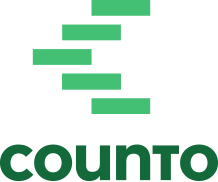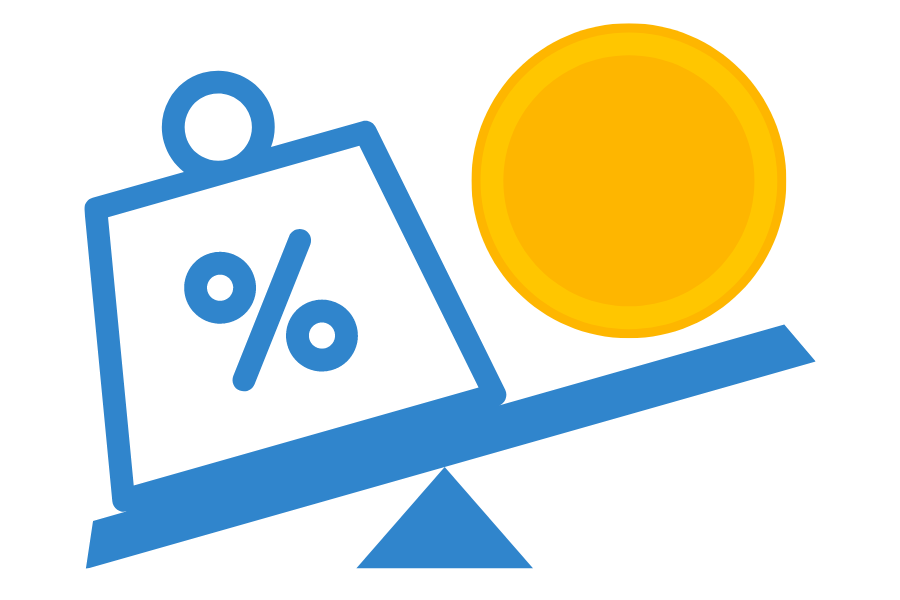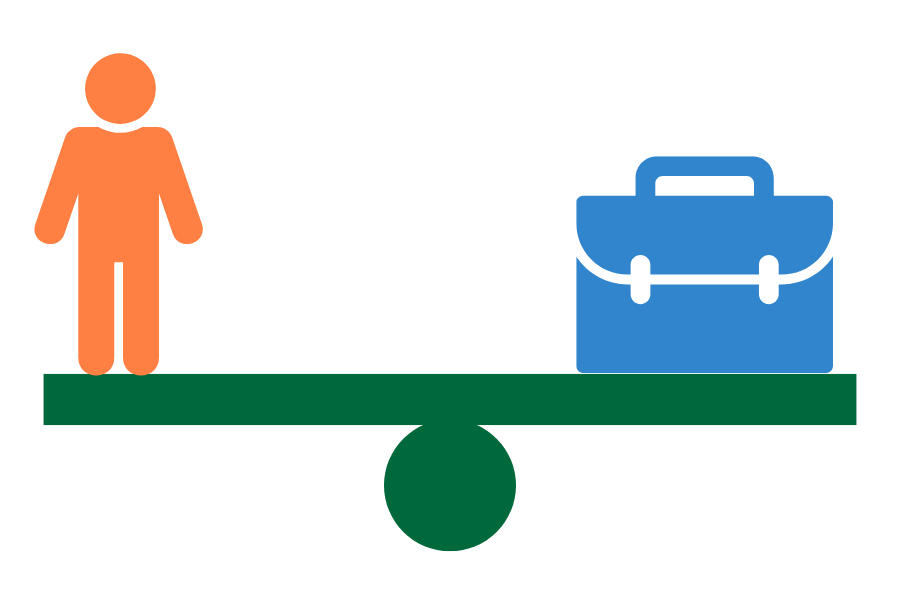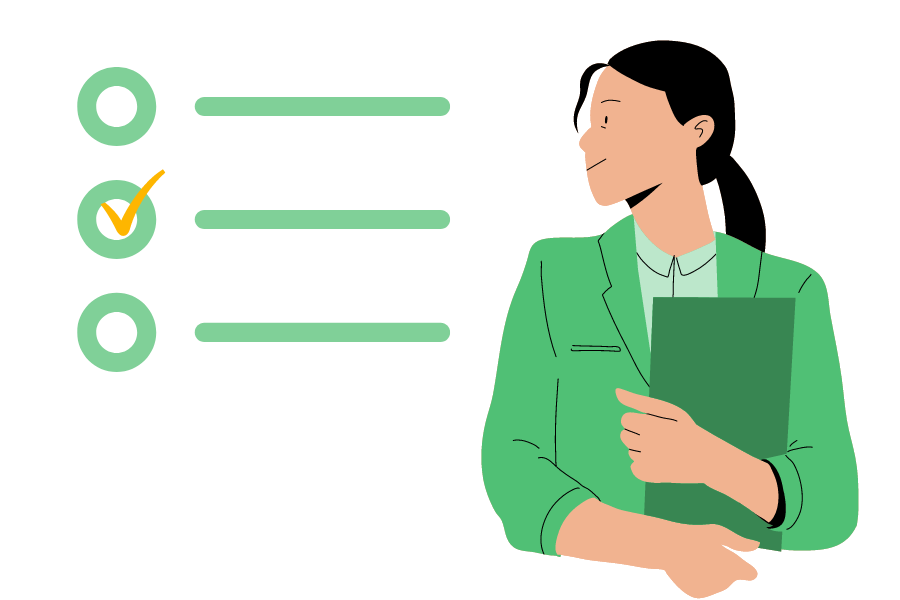CPF Guide for Employers in Singapore
At Counto, we understand that as a small business owner or entrepreneur in Singapore, navigating the complexities of the Central Provident Fund (CPF) contributions for your employees can be a daunting task. It’s crucial to get it right, not only to comply with the law but to ensure the financial well-being of your employees.
This guide is designed to simplify the CPF obligations for employers and provide actionable insights to manage these responsibilities effectively.
Understanding Your Role as an Employer
Who is an Employer?
Under the CPF Act, an employer is defined broadly and includes:
- Any individual, company, association, or body of persons employing another person.
- Owners of vessels employing individuals.
- Managers, agents, or persons responsible for paying wages on behalf of the employer.
Key Obligations Under the CPF Act
As an employer, you are required to make CPF contributions for all employees who are Singapore Citizens or Singapore Permanent Residents if they earn more than $50 per month. Here’s what you need to know:
- Total CPF Contributions: These comprise both employer and employee shares. For employees earning more than $50 but not exceeding $500 per month, only the employer’s contribution is required.
- Recovery of Employee’s Share: You can recover the employee’s share of CPF contributions from their wages for the month.
CPF contribution rates
*Contribution rates from 1 January 2024
Employee's age By employer
(% of wage)By employee
(% of wage)
Total
(% of wage)
55 and below 17 20 37
Above 55 to 60 15 16 31
Above 60 to 65 11.5 10.5 22
Above 65 to 70 9 7.5 16.5
Above 70 7.5 5 12.5
Note: CPF contribution rates vary based on the employee’s citizenship status—whether they are Singapore Citizens or Permanent Residents in their first, second, or third year—and their total wages. To accurately determine the amount that will be contributed to your or your employee’s CPF, you can consult the detailed CPF Contribution Rate table or utilise a CPF contribution calculator available online. These tools help ensure precise calculations according to specific circumstances.
Declaring Wages Accurately
Accurate wage declaration is vital for correct CPF contribution calculations. Here’s how to ensure accuracy:
- Include Only Defined Wages: Only amounts defined as wages under the CPF Act should be included in your declaration.
- OW and AW Definitions: Declare Ordinary Wages (OW) and Additional Wages (AW) separately. Do not apply OW and AW ceilings when declaring actual wages payable.
- Verification by Employees: Encourage employees to verify the wages you declare with their payslips. Discrepancies should be addressed promptly to avoid penalties.
Understanding the CPF Wage Ceilings
Understanding Ordinary Wages (OW) and Additional Wages (AW) is crucial for correctly calculating CPF contributions for your employees. Here’s a deeper dive into what these terms mean and how they impact your CPF contributions.
1. Ordinary Wages (OW)
Definition and Scope
Ordinary Wages are the wages due or granted wholly and exclusively in respect of an employee’s employment during that month, which are payable before the 14th of the following month. This typically includes the monthly salary and does not encompass payments like bonuses or annual wage supplements.
CPF Contribution on OW
- OW Ceiling: The Ordinary Wage ceiling is a cap on the amount of OW that can attract CPF contributions in a calendar month. As of 2023, the OW ceiling is $6,000, which is the maximum amount subject to CPF contributions. This ceiling will progressively increase to $8,000 by 2026.
- Impact on Contributions: If an employee earns a monthly salary of $7,000, the CPF contributions will only be calculated on $6,000.
2. Additional Wages (AW)
Definition and Scope
Additional Wages are wages that are not classified as Ordinary Wages. They include bonuses, leave pay, or incentives that an employee may earn in addition to their Ordinary Wages within a year.
CPF Contribution on AW
- AW Ceiling: The Additional Wage ceiling is determined by subtracting the total Ordinary Wages subject to CPF for the year from a threshold (currently $102,000, which is equivalent to 17 months x the OW ceiling of $6,000). This ensures that the total wages attracting CPF contributions do not exceed a certain limit.
- Calculating Contributions: For example, if an employee’s total Ordinary Wages for the year are $72,000 (which is $6,000 x 12 months), the AW ceiling would be $30,000 ($102,000 – $72,000). Any AW payment above this ceiling in the calendar year would not require CPF contributions.
Practical Application and Compliance
1. Monthly Salary and Bonuses
When processing CPF contributions, ensure that you accurately classify OW and AW. Regular monthly payments are straightforward, but bonuses or other irregular payments must be carefully classified to ensure correct CPF calculation.
2. Year-End Adjustments
At the end of the year, review the total OW and AW paid to each employee. Ensure that the contributions are within the legal ceilings and make any necessary adjustments in your final CPF submissions for the year.
3. Importance of Accurate Classification
Accurate classification and reporting of OW and AW are not only legal requirements but also affect an employee’s eligibility and benefits under various CPF schemes, such as home loans or medical coverage. Mistakes in classification can lead to under or over-contributions, potentially resulting in penalties or the need for corrections later on.
Making CPF Contributions as an Employer: Step-by-Step Guide
1. Calculate Contributions:
- Determine the OW and AW for each employee.
- Apply the appropriate CPF contribution rates based on the employee’s age and total wages.
2. Submission Process:
- Make CPF contributions through the CPF e-Submit@web service. Ensure you have all necessary information, such as the employee’s NRIC number and contribution amounts.
3. Timely Payments:
- CPF contributions are due by the last day of the calendar month. Late payments may incur a 1.5% per month penalty post the 14th of the following month.
4. Using Tools and Resources
- CPF Contribution Rate Table: Utilise this to determine precise contribution amounts based on various factors like age and wages.
- CPF Calculators: These tools can help calculate both Ordinary and Additional Wage ceilings effectively.
Common Scenarios for Wage Declaration
1. Employee Salary Adjustments:
- Declare the actual wages paid, including any adjustments, without applying the OW and AW ceilings.
2. Mid-Month Employment Changes:
- Pro-rate the wages if an employee joins or leaves mid-month.
3. Multiple Submissions:
- For multiple CPF submissions within the same month, declare the actual wages each time without alteration.
Understanding Exemptions and Special Cases
Who is Exempt from CPF Contributions?
- Certain categories of employees, like foreign workers on short-term assignments or certain students, may be exempt under specific conditions.
Special Circumstances:
- Employees posted overseas or on unpaid leave may not be eligible for CPF contributions for those periods.
When to Adjust Contributions
- Immediate Action Required: If you discover discrepancies in CPF payments, address them promptly. The CPF Board allows up to one year from the payment date for adjustments, encouraging early rectification to avoid complications.
How to Adjust
- Inform Your Employees: Before making any adjustments, communicate with affected employees about the upcoming changes. This helps prevent misunderstandings and confirms that they are aware of the adjustments.
- Make Necessary Adjustments: Correct any errors in CPF contributions as soon as possible within the year.
Why It Matters
- Compliance: Ensuring accurate CPF contributions avoids legal issues and fines.
- Employee Trust: Transparent adjustments reflect good management practices, fostering trust.
Summary
Correctly managing CPF contributions not only ensures compliance with Singapore law but also builds trust with your employees by safeguarding their financial well-being. Use this guide to ensure accurate calculations according to specific circumstances.
Try Counto’s payroll service
If you’re looking for a modern payroll provider, Counto is an excellent option. Our payroll service comes with an advance bill payment and spend management software, offering AI-backed smart tools other providers can’t provide. To learn more, speak to us directly on our chatbot, email us at [email protected], or contact us using this form.
Here are some articles you might find helpful:







